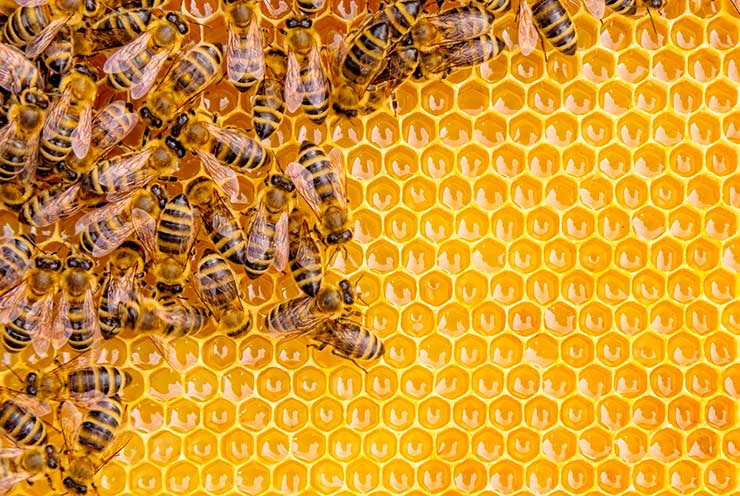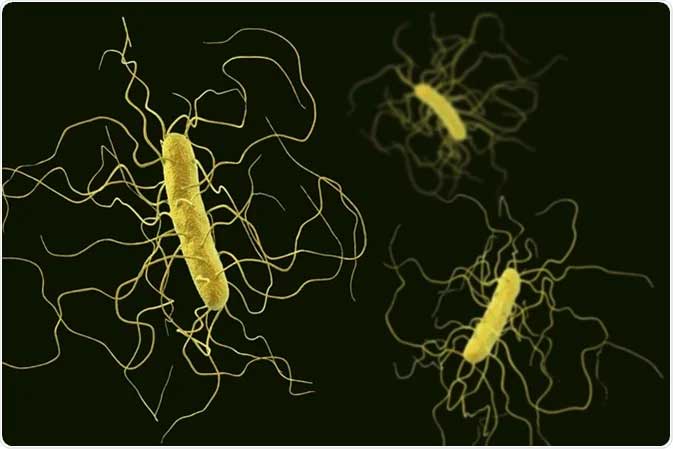A gene encoding a program for collective behavior of worker bees has been identified. The press service of the German Heinrich Heine University of Dusseldorf reported that the process is controlled by the dsx gene, which is already known to science and plays a special role in bee DNA.
European molecular biologists have found that the dsx gene, which in other insects is associated with determining the sex of offspring, plays a key role in the formation of neurons associated with the collective behavior program of worker bees. Understanding this will help scientists uncover the history of the emergence of social behavior in insects, the press service of the German Heinrich Heine University of Dusseldorf (HHU) reported.
“Unlike animals and humans, bees do not learn, but inherit the behavioral repertoire and functions that they perform within the hive colonies. Until now, we did not know how exactly this unusually complex behavioral program is encoded. We discovered that all of this is controlled by the dsx gene, which is already known to science and plays a special role in the DNA of bees,” explained HHU Professor Martin Beye, whose words are quoted by the university’s press service.
Professor Beilleux and his colleagues made the discovery while studying which sections of DNA in the bee genome play an important role in the formation of so-called mushroom bodies, the insects’ brain-like “cerebral hemispheres.” In bees and other social Hymenoptera insects, these parts of the nervous system are unusually large, which may be related to their complex social behavior.

To uncover the mechanisms of mushroom body growth, biologists from Germany and their colleagues from Britain tracked which genes associated with the development of the nervous system were active in different regions of the bee brain. To do this, the scientists changed the structure of these DNA regions so that their activation caused neurons to glow, and also introduced mutations into these genes using the “Nobel” genome editor CRISPR/Cas9 and tracked how such “typos” affected the behavior of the bees.
Experiments have shown that the key role in the work of the genetic program of collective behavior of bees was played by the gene dsx, usually responsible for determining the sex of fruit flies and other non-social insect species. Mutations in this region of DNA in bees lead to the fact that worker individuals begin to look into the combs with brood twice as rarely and feed the larvae much less often, while the individual aspects of the behavior of bees do not change.
According to the researchers, the development of these disruptions in the bees’ collective behavior program was accompanied by significant changes in the structure of the part of the mushroom body that is responsible for integrating information coming from different senses. Further study of these rearrangements in the architecture of this region of the bee brain, the scientists hope, will help to uncover other genetic components of this behavior program, as well as to study its evolutionary roots.
In 2016, scientists suggested such a possibility. Bees have always been considered ideal collectivists, but their communities also have conflicts. And male genes are to blame for this.
In bee hives, the genes of fathers and mothers compete with each other. As studies have shown, after the death of the queen, some individuals stop communicating with the group, isolate themselves and even lay their own eggs. Others, as before, continue to work for the benefit of the rest.
Scientists have tried to explain this phenomenon by the presence of two types of genes – mother’s and father’s. The “selfish gene” is called male. The queen receives offspring from many drones, which endow the worker bees with this “selfish” gene, Rosbalt reports.





